Generally, the working layer of a Diamond Segment contains diamond grains for cutting or grinding. When diamond grains are coarse and single, diamond segments of a diamond tool will be sharp and perform fast cutting, but that may lead to lower bending strength at the same time; when diamond grains are fine or coarse and fine grains are mixed, diamond segments of a diamond tool will get durable but cutting efficiency is somewhat reduced. Based on all above consideration, diamond grains 50/60 are considered as a proper choice.
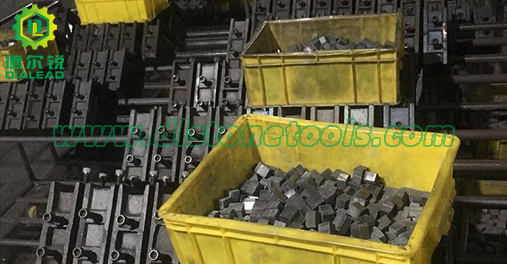
2. Diamond concentration
The sharpness and cutting efficiency tend to decline gradually when diamond concentration changes (from a low level to high one) within a certain range, but its working life increases instead. Excessive diamond concentration may lead to slow cutting while diamonds with low concentration level and coarse grains are helpful for improving cutting speed. Different parts of a diamond segment have different functions, so different diamond concentration levels should be considered. That is to say, lower-concentration diamonds need to be used in the middle layer of three or more layers to form a working groove of diamond segments in use, which helps avoid the vibration of a saw blade and improve cutting quality.
3. Diamond strength
Diamond strength plays an important role in guaranteeing cutting performance. Too high diamond strength will make crystals hard to break, and abrasive grains are consumed when in use, which causes the sharpness and performance of a diamond tool to decrease; when diamond strength is not high enough, it is easy to break when subject to impact or forces, making cutting or grinding job hard to proceed. So the diamond strength of 130-140N is recommended.
4. Bonding materials
The performance of a diamond saw blade or diamond grinding wheel not only depends on diamonds, but also on overall performance of diamond segments comprised of diamonds and bonding materials in proper proportion. In the case of soft stones like marble, travertine or limestone, mechanical performance of a diamond segment can be moderate, so copper bond material is recommended. However, the copper bond material has a low sintering temperature coupled with low strength and high toughness, so it can’t not be well bonded with diamonds. When tungsten carbide (WC) is added, WC or W2C is combined with an appropriate amount of cobalt to improve strength, hardness and bonding result. Then a small amount of metal powders with low melting point and low hardness level like Cu, Sn, Zn is put in for better bonding performance. The grit size of main components should be less than 200 while that of other components should not exceed 300.
5. Sintering method
As heating temperature goes up, the bonding densification and bending strength grow accordingly. As heating duration is lengthened, the bending strength of blank bond and diamonds experiences an increase at first but declines as time goes by. So the sintering process is recommended to last 120s at 800℃.
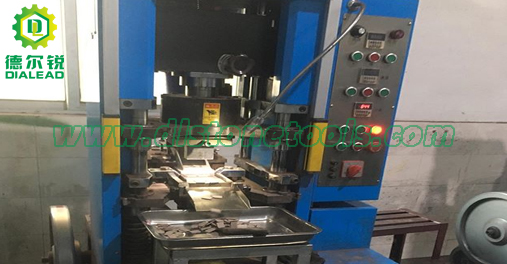
When it comes to Diamond Segment manufacturing technique, the bonding material and hot pressing matter most. Cobalt and copper alloys are often chosen as the bond materials, but they can’t achieve a good balance in production cost and product performance. Based on trial-and-error approach and scientific analysis, Fe-Ni-Cu-W alloys are regarded as an ideal bond material of a diamond segments in terms of both production cost and function.
The manufacturing process of a diamond saw blade or diamond grinding wheel can be seen as the sintering process of metal powders under given pressure. It is a metallurgical process of powders: under the condition of high temperature (800-1000°C) and pressure (180-250Kgf/cm2), evenly-mixed metal powders experience a series of physical and chemical impregnation in powder particles, such as diffusion, fusion welding, compounding and recrystallization, and then form a sintered body, which is diamond segment.
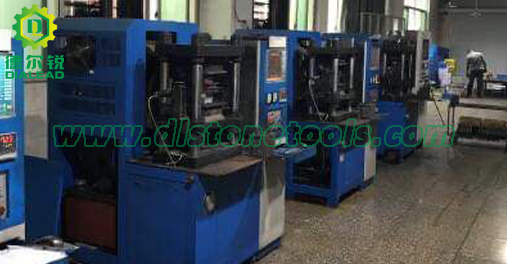
There are also strict requirements for bonding materials of a diamond segment.
Alloys that can easily generate solid-solution phase and solid-solution strengthening and impregnation in bonding materials are recommended.
Fe-Ni-Cu-W alloys meet such requirements.
Because Fe-Ni and Cu-Ni can be 100% mutually soluble;
WC/W-Ni, WC-Cu and Fe-Cu can be somewhat soluble and result in dispersion strengthening and impregnation;
Fe and Ni VIII elements are friendly to diamonds.
After Diamond Segment are made, they are welded onto a diamond saw blade or diamond grinding wheel, then polished and painted. They are widely applied in many industries.
 call us : +86 595 22308536
call us : +86 595 22308536 diors@dlstonetools.com
diors@dlstonetools.com






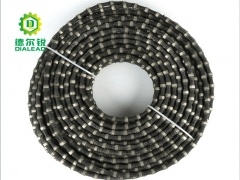
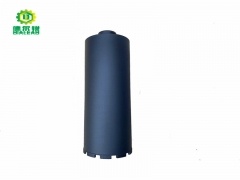
 send email
send email





 +86 595 22308536
+86 595 22308536 +86 595 22308537
+86 595 22308537

 18150515179
18150515179